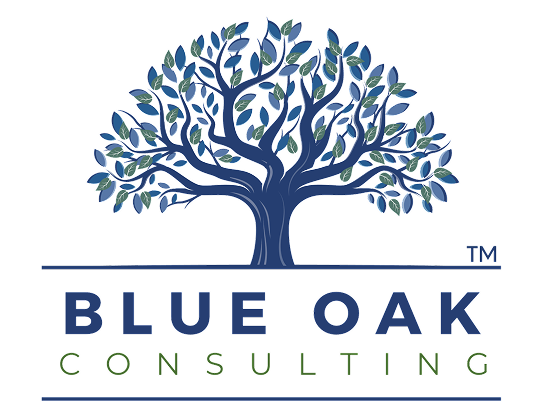Why leadership without financial ownership is a risk you can’t afford.
Let’s start with a simple truth:
If you’re leading a part of the business—but not thinking like an owner—your business is leaking value.
This happens all the time in small and mid-sized companies.
You’ve got good people running operations, sales, service—but they see themselves as “just” managing their function. They don’t touch the numbers. That’s someone else’s job.
But here’s the catch:
If your leaders don’t own the P&L, they can’t drive the business forward.
Let’s talk about why that mindset shift matters—and what to do about it.
What Does It Mean to “Own the P&L”?
This isn’t about giving every manager access to your books.
It’s about building financial awareness + decision accountability.
✔ Do your leaders understand how their department impacts profit?
✔ Do they know which metrics really move the needle?
✔ Do they take responsibility for cost, margin, and ROI—not just activity?
Owning the P&L means thinking in outcomes—not just inputs.
A company’s financial clarity shouldn’t stop at the CFO. When department heads and team leaders understand the financial impact of their decisions, they shift from tactical execution to strategic ownership. According to Strategic CFO, financial literacy across leadership teams enhances decision-making, improves accountability, and fosters a stronger results-oriented culture.
What Happens When Leaders Don’t Own It?
You get:
- Inefficient spending masked as “we’ve always done it this way”
- Headcount decisions made without productivity context
- Pricing or discounting that ignores margin
- Silence when numbers slip—because no one feels it’s their job to speak up
And most dangerously?
You become the bottleneck for every important decision.
How to Build Financial Ownership Into Your Leadership Culture
This isn’t about turning your ops lead into a CFO. It’s about building clarity and accountability.
1. Start With Visibility
Don’t hide the numbers. Share what matters.
- Gross margin by product or customer
- Department-level cost trends
- Cash flow forecasts and burn rate
Give your team a scoreboard. No one plays hard without one.
2. Tie Goals to Financial Impact
Instead of “Ship faster” → Try “Improve on-time delivery while protecting margin.”
Instead of “Cut costs” → Try “Reduce material waste by 10% to boost profit per unit.”
Get everyone thinking: “How does this affect the P&L?”
3. Train on Decision Tradeoffs
Most poor decisions aren’t malicious—they’re made in a vacuum.
- “We need to rush this order” → At what cost?
- “Let’s add another person” → Will it increase output or just payroll?
Encourage questions like:
- What’s the cost of doing this?
- What’s the cost of not doing it?
4. Celebrate Business Thinking
When someone challenges a process to save cost or improve ROI—highlight it.
Make financial thinking part of your recognition culture.
Not just hustle. Not just technical wins.
Business intelligence.
Your Team Can’t Help You Scale If They’re Blind to the Numbers
Small business leaders often carry the weight of financial strategy alone.
But that’s not scalable. And frankly, it’s not smart.
✔ If you want a resilient business, teach your team to think like owners.
✔ If you want margin growth, show how daily choices affect the P&L.
✔ If you want better decisions, build financial accountability into leadership.
The more your leaders own, the less you have to chase.
Learn more at blueoakconsulting.net





